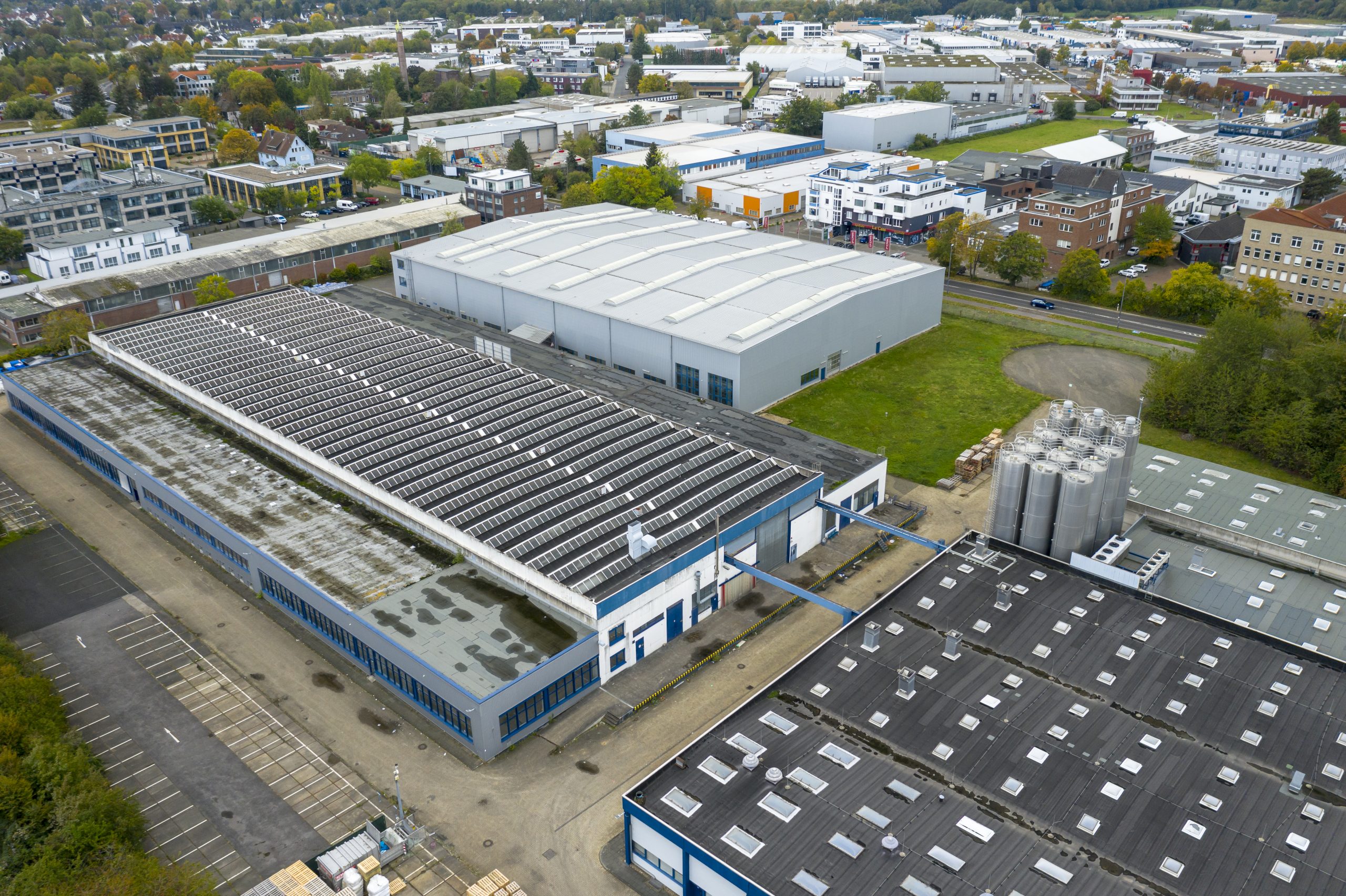By Miriam Uebel, Robin Martin, Lushan Sun
Like other asset classes, Private Markets have had to navigate a 2025 strewn with macro uncertainty. Here, we look at assets we believe are screening positively in the current environment, while asking what needs to change to bolster other sub-sectors.
2025’s macro environment has been well documented. Countless column inches have been dedicated to it and if you’re reading this you are probably already aware of the sentient points. Geopolitical uncertainty, policy drama and volatility have created challenges with the likelihood that short-term economic growth outlooks are weaker than many predicted at the start of the year.
Of course, while there are hurdles to be overcome, there are also areas of opportunities. In this blog, we’ll delve a little bit into why there’s reasons to be positive about several sub-sectors within the Private Markets universe.
All about the yield
In the current environment, one way to look at what’s screening well from a tactical perspective is by looking at asset yields compared to long-term averages. By this metric, investment-grade (IG) credit and real estate represent attractive asset classes, in our view.
IG credit’s current yield, which is around 5-7%[1], is towards the top of the historical range. Elevated interest rates and disciplined underwriting and pricing by IG lenders have maintained credit quality, and we continue to see this asset class very much in demand by institutional investors such as pension funds and insurers.
Turning to real estate, we can look at net operating income yields for an indication of how we see the asset class performance. This is the cash income generated after accounting for the cost of managing assets. In the UK, US and continental Europe, we see this rising above average historical levels[2].
Of course, all of this is among a macro environment that, as we said earlier, poses challenges. As a result, asset selection will really matter against this backdrop. If GDP growth is to slow, then assets that have the potential to perform in a lower growth, higher inflation environment become more attractive.
I feel the need…
When we talk about ‘needs-based‘ assets, we’re referring to investments in sectors that fulfil essential human needs and generally perform in a non-cyclical manner. Despite a turbulent macro environment, we see such assets continuing to screen well tactically amid continued demand for the roles they serve.
Regular readers of the blog will know that we see four megatrends shaping private market investment opportunities over the long term: deglobalisation, digitisation, decarbonisation and demographic change. We believe these same trends are creating demand for a new generation of needs-based assets that should produce opportunities for private capital to be deployed.
A rapidly digitising world, for example, is bolstering the demand for digital infrastructure assets such as data centres. A conservative estimate suggests the rest of this decade will see $250bn[3] invested in such assets. We believe a substantial part of this will need to be funded by private capital. Additionally, we see decarbonisation efforts requiring not just investment in clean power generation, but specialist real estate and infrastructure enabling the storage and distribution of this.
The private equity elephant in the room
Among private asset classes, private equity could be described as the elephant in the room. It was anticipated that after a difficult couple of years – largely attributable to a rising-rate environment – that private equity would pick up in 2025. The year started with some optimism, but this has since diminished amid economic uncertainty.
So, what needs to happen for the lauded recovery to fall into place?
A more stable macro environment will help get M&A activity back on track which will enable private equity managers to exit investments and also deploy dry powder. We expect exit activity to continue focusing on companies with strong fundamentals, however, given lack of valuation correction and weaker growth forecast.
On the other end of the private equity spectrum, venture capital has already experienced a significant correction, which presents a more attractive entry point. Recovery here is likely to be faster, especially since many VC companies are aligned with strong growth areas such as AI, cybersecurity and biotechnology.
Location, location, location
Like any asset class, we strongly believe in the benefit of geographical diversification in private market investing.
Our recent blog series on deglobalisation noted the impact of recent policy volatility on private market investments. Against this backdrop, we see merit in reviewing geographical splits in portfolios and considering adding balancing exposures to Europe and Asia-Pacific.
Past performance is not a guide to the future. Assumptions, opinions, and estimates are provided for illustrative purposes only. There is no guarantee that any forecasts made will come to pass. Diversification is no guarantee against a loss in a declining market.
[1] L&G, as of May 2025
[2] MSCI, as of May 2025
[3] McKinsey, as of January 2023
More about Robin Martin: LGIM Blog – Robin Martin, Global Head of Investment
More about Lushan Sun: LGIM Blog – Lushan Sun, Private Credit Research Manager



















